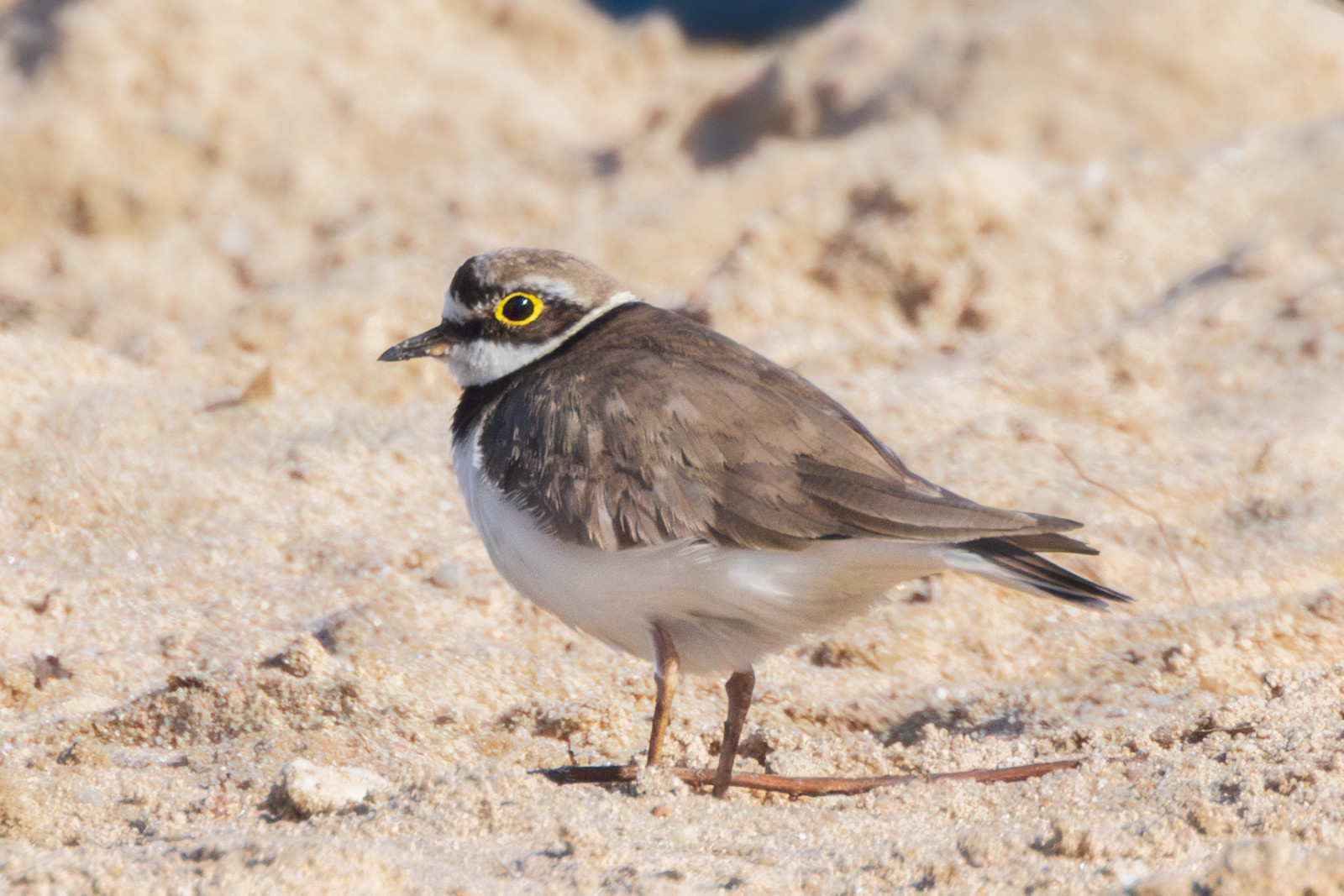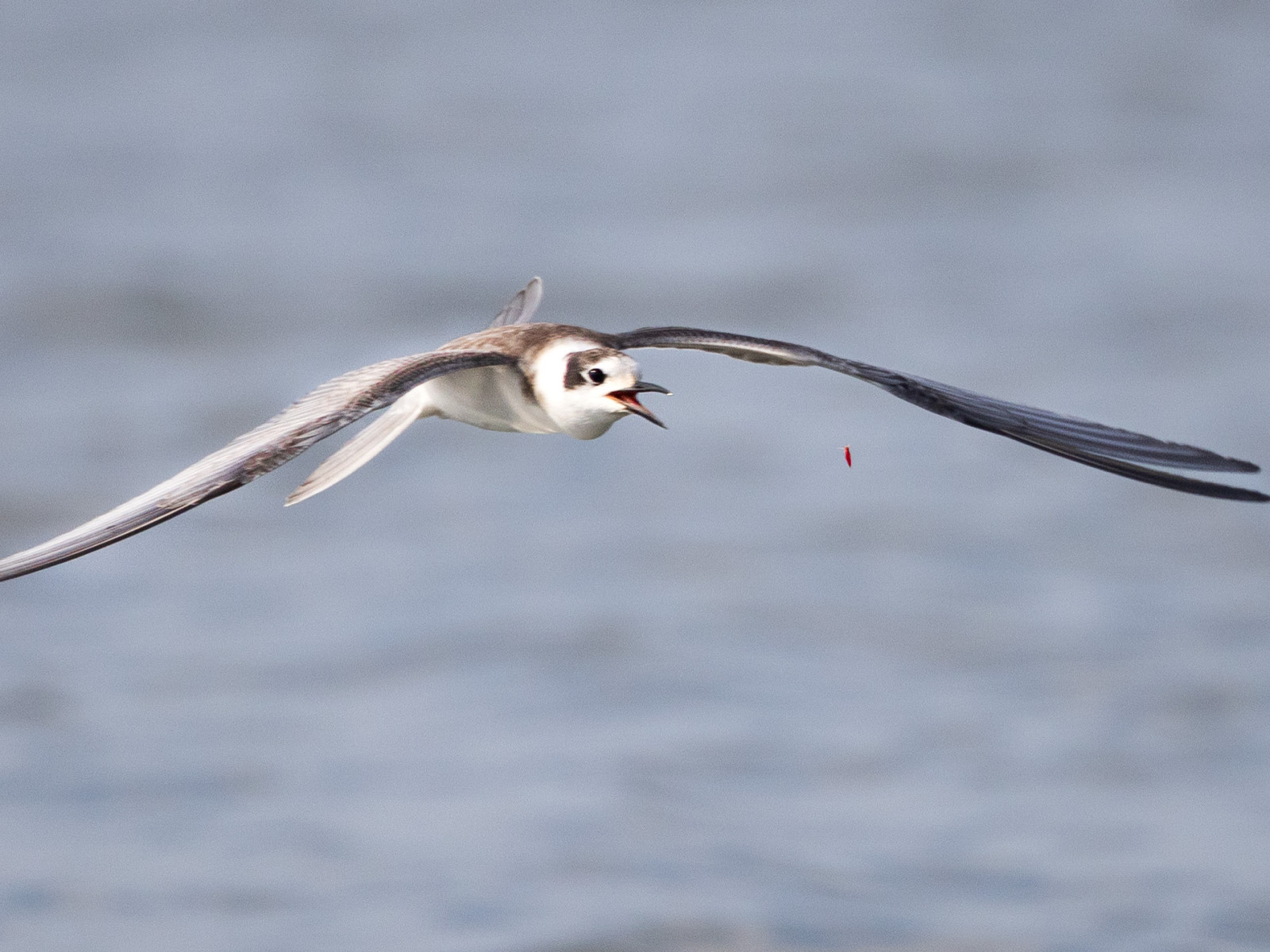Descrição
The Altmühlsee is an artificial lake in Bavaria, created in the 1970s. It serves as a water reservoir and a destination for tourism. The Vogelinsel in the northeast and the extensively managed areas around it, particularly the Wiesmet, as well as the water bodies of the Seenland, attract numerous waterbirds that can also be observed on the lake.
In winter, when the water is not frozen, it becomes a popular area for Merganso-grande, Mergulhão-de-crista, a group of Ganso do Canadá, as well as Zarro-comum, Zarro-negrinha, and Piadeira. Among these, notable guests sometimes appear. In some years, Merganso-pequeno visit, and Pato-olho-d'ouro are regularly observed. Merganso-de-poupa, Mobêlha-árctica, Mobêlha-pequena, and even Mobêlha-grande have been recorded, although the chances of seeing those are better at Großer Brombachsee. Garça-branca-grande appear along the shore in winter, and among the numerous Gaivota-de-patas-amarelas and fewer Gaivota-de-patas-amarelas, some Gaivota-parda can be discerned.
Spring and autumn migrations bring exciting visitors. The Socó-taquari, which breeds on the Vogelinsel, can sometimes be observed in the bushes that line the rivers around the lake. Garça-branca-pequena sightings are possible, too. Gaivina-preta regularly hunt over the lake in April and May, and especially in late August and early September. Among these, the very similar, but rarer Gaivina-d'asa-branca and Gaivina-de-faces-brancas are occasionally noted. Andorinha-do-mar-árctica has been reported in some years. Gaivota-pequena stay here in those months as well. From late August, few waders, including Pilrito-comum and rarely the Pilrito-sanderlingo, are occasionally feeding on the sandy beaches. Here they can be observed from a shorter distance than on the Vogelinsel itself. Mergulhão-de-pescoço-castanho and Pato-fusco are scarce visitors mainly in late autumn, sometimes through to the winter months.
Rarities observed here include Gaivota-tridáctila, Pato-de-cauda-afilada, Falaropo-de-bico-grosso, and Falaropo-de-bico-fino. Moleiro-parasítico has been recorded four times, most recently in 2016. The exceptional sighting of a Gaivota de Franklin in spring 2023 proves that the lake may always hold surprises.
Detalhes
Acesso
Individual observation points can be reached on foot from the parking areas of the respective lake centers (Seezentren): The northeastern shore (1) from Seezentrum Muhr, the southern shore and the outlet structure (2) from Seezentrum Schlungenhof or the parking area at Höhe. These spots offer the best chances for observing gulls and terns. The western shore can be accessed from Seezentrum Wald (3). Further north, the northern edge of the Vogelinsel is visible; year-round, Águia-rabalva can be spotted in the trees, and Águia-pesqueira during the warmer months. Much better than arriving by car is to cycle around the lake, possibly following an early morning visit to the Vogelinsel. The path around the lake is only accessible by bike and on foot, cars are prohibited. It is wheelchair-accessible.
Paddle boats can be rented at the lake centers (please respect the nature reserve boundary of the Vogelinsel!). Motorboats are prohibited on the lake.
Terreno e Habitat
Árvores e arbustos dispersos , Lago , PraiaCondições
PlanoCaminho circular
Simé útil um telescópio?
SimBoa temporada de observação de aves
Durante todo o anoMelhor hora para visitar
Inverno , Migração da primavera , Migração de outonoRota
Caminho largo , Estrada pavimentadaCaminho dificil
FácilAcessível por
Pé , Bicicleta , Cadeira de rodasAbrigo/plataforma deobservação de aves
NãoInformação extra
The lake is used all year round for various sailing sports, which usually causes little disturbance to the birds. In summer it was a popular bathing area. However, due to phosphorus inputs from agriculture (40 tonnes per year) and climate change-induced warming of 4°C, cyanobacteria are increasingly spreading, making swimming impossible. It remains to be seen what impact this will have on bird life.
In winter, the lake surface may be frozen. Then it may be worth searching the surrounding fields for feeding Ganso-comum, Ganso-grande-de-testa-branca, Maçarico-real, and even rarer visitors.





